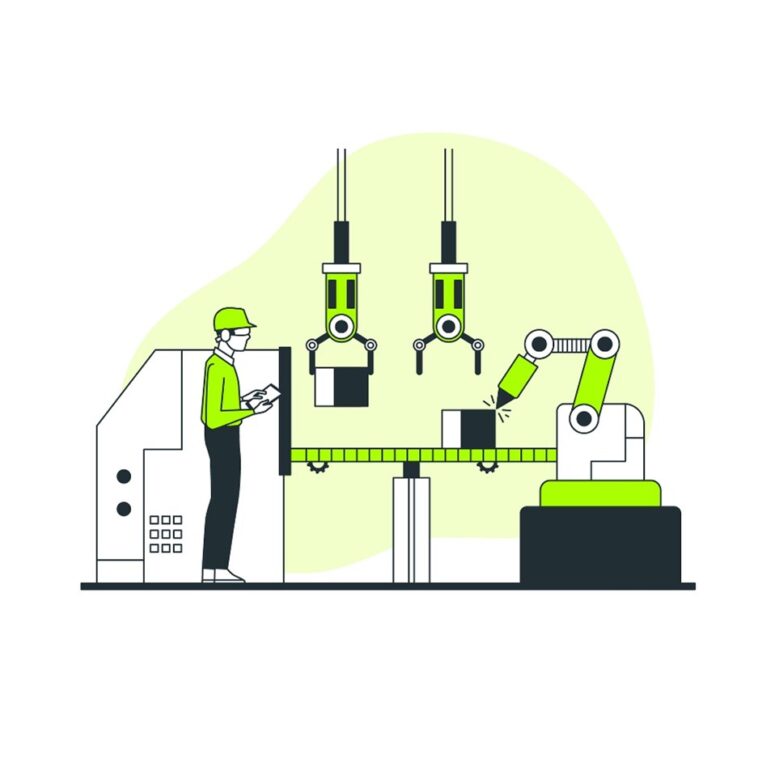I. Introduction
A. Explanation of GMP (Good Manufacturing Practices)
Good Manufacturing Practices (GMP) are a set of guidelines and regulations designed to ensure that products are consistently produced and controlled according to quality standards. These practices are essential in various industries, including pharmaceuticals, food, cosmetics, and medical devices, where the quality and safety of products are paramount. GMP covers all aspects of production, from the raw materials used to the training and hygiene of staff. The primary goal of GMP is to minimize the risks involved in production that cannot be eliminated through testing the final product.
B. Importance of GMP in the Manufacturing Industry
GMP is vital in the manufacturing industry because it ensures that products are produced in a controlled environment, reducing the chances of contamination, mix-ups, and errors. This not only protects consumers but also enhances the credibility of manufacturers. Adhering to GMP helps companies meet the regulatory requirements set by governing bodies, which is essential for gaining market access and maintaining a good reputation. Without GMP, the risk of producing unsafe or substandard products increases, which can lead to severe consequences such as product recalls, legal actions, and damage to the brand’s reputation.
C. Overview of What the Certification Entails
GMP certification is a formal recognition that a manufacturing facility complies with the established guidelines and regulations of Good Manufacturing Practices. Obtaining this certification involves a thorough assessment of the manufacturing processes, facilities, and quality control systems to ensure they meet the required standards. The certification process includes an initial audit, corrective actions if necessary, and regular inspections to maintain compliance. GMP certification is not a one-time event but an ongoing commitment to maintaining high standards of quality and safety in production.
II. Key Principles of GMP
A. Quality Management
Quality management is at the core of GMP and involves the systematic control of all factors that can affect the quality of a product. This includes the design, development, and production processes, as well as the facilities and equipment used. Quality management ensures that products meet the required specifications and are free from defects. It involves the implementation of standard operating procedures (SOPs), regular inspections, and continuous monitoring of production processes. A robust quality management system helps identify potential risks and allows for corrective actions to be taken promptly.
B. Hygiene and Sanitation
Hygiene and sanitation are crucial aspects of GMP, as they help prevent contamination of products during manufacturing. This includes maintaining clean and sanitized facilities, equipment, and personnel. Proper hygiene practices, such as wearing protective clothing and following handwashing protocols, are essential to minimize the risk of contamination. Sanitation procedures must be clearly documented and regularly reviewed to ensure they are effective. Regular cleaning and maintenance schedules should be followed to keep the manufacturing environment free from contaminants that could compromise product quality.
C. Documentation and Records
Accurate documentation and record-keeping are fundamental to GMP. All aspects of the manufacturing process, including production, quality control, and distribution, must be thoroughly documented. This documentation serves as evidence that the manufacturing process has been carried out according to the required standards. Records should include batch records, equipment logs, and cleaning schedules. Proper documentation ensures traceability, which is essential in the event of a product recall or investigation. It also provides a basis for continuous improvement and helps identify areas where processes can be optimized.
III. The Process of Obtaining GMP Certification
A. Pre-assessment and Gap Analysis
The process of obtaining GMP certification typically begins with a pre-assessment and gap analysis. This involves a thorough review of the existing manufacturing processes, facilities, and documentation to identify any areas that do not meet GMP standards. The gap analysis helps pinpoint specific areas that need improvement before the formal certification audit. It is an essential step in preparing for GMP certification, as it allows companies to address any deficiencies and make the necessary changes to comply with GMP requirements.
B. Implementation of GMP Requirements
Once the gaps have been identified, the next step is to implement the necessary changes to bring the manufacturing processes into compliance with GMP standards. This may involve updating SOPs, improving hygiene and sanitation practices, upgrading equipment, and providing additional training to staff. Implementation should be carried out systematically, with clear timelines and responsibilities assigned to ensure that all required changes are made. It is crucial to engage all levels of the organization in the implementation process to ensure a smooth transition to GMP compliance.
IV. Conclusion
In conclusion, GMP compliance offers numerous long-term benefits for businesses, including enhanced product quality, increased market access, and a stronger competitive position. Achieving and maintaining GMP certification requires ongoing effort and commitment, but the rewards are well worth it. By fostering a culture of continuous improvement and staying ahead of industry changes, companies can ensure sustained success and remain leaders in their respective fields.
This post was created with our nice and easy submission form. Create your post!





